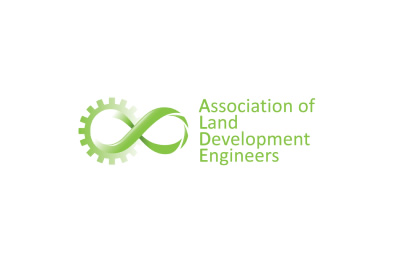Crystalline Silica Dust Reforms Introduced
The new Crystalline Silica regulations were approved and put into effect on November 15, 2021, and will be introduced in phases to provide duty holders enough time to prepared for the relevant changes to their duties and obligations. The second phase, commencement of “high risk crystalline silica work” reform, is set to commence on the 15 May 2022 and introduces new regulatory oversight of high risk crystalline silica work outside of engineered stone across all industries, including the construction and earth resources industries.
Crystalline silica dust is a hazardous substance which can lead to serious health effects if it is inhaled. When engineered stone products and/or material with high crystalline silica content (i.e., some forms of quartz, basalt, siltstone, and sandstone) are processed/excavated, for example by cutting, grinding with power tools and machinery, fine dust containing crystalline silica is released into the air. People working with these products, such as stonemasons and construction workers, are at high risk of being exposed to the dust if it is not controlled. Exposure can result in silicosis, chronic bronchitis, emphysema, lung cancer, kidney damage and scleroderma.
High risk crystalline silica work is work that is reasonably likely to result in an airborne concentration of respirable crystalline silica that exceeds half the exposure standard; or a risk to the health of a person at the workplace. The current exposure standard for respirable crystalline silica dust is 0.05 mg/m3 as a time-weighted average (TWA) airborne concentration over 8 hours. However, WorkSafe Victoria recommends that employers take a precautionary approach and reduce employees’ exposure to below 0.02 mg/m3 as an 8-hour TWA to prevent silicosis and minimise the risk of lung cancer.
Work Safe for high risk crystalline silica work requires a “crystalline silica hazard control statement”, which is a document that outlines the following:
· stating the associated hazards and risks, and
· describes measures to control the risks, and how these will be implemented, and
· if an analysis is required (under r319O), contains its results, and
· is readily accessible and comprehensible to persons who use it.
To assess if a site is deemed high risk, the regulation requires that before undertaking such work an employer and/or self-employed persons undertakes a risk assessment to identify whether the process or combination of processes is high risk, or identify that it is high risk work.
The risk assessment must take into account:
· the specific tasks or processes;
· the form of crystalline silica to be used;
· the proportion of crystalline silica in the material;
· previous atmospheric monitoring results;
· the likely frequency and duration of exposure to crystalline silica dust;
· any information about incidents, illnesses or diseases associated with exposure to crystalline silica dust at the workplace.
For further information please refer to more information from Worksafe
Prepared by the ALDE Safety & Environment subcommitee.
**UPDATE***
In June 2023. Worksafe recognised that increased awareness and behaviour change is needed to educate persons conducting a business or undertaking work about the risks inherent in working with silica and created specific resources.
Preventing exposure to crystalline silica dust
Video on Identifying High Risk Crystalline Silica Work
Key work health and safety statistics Australia 2022

